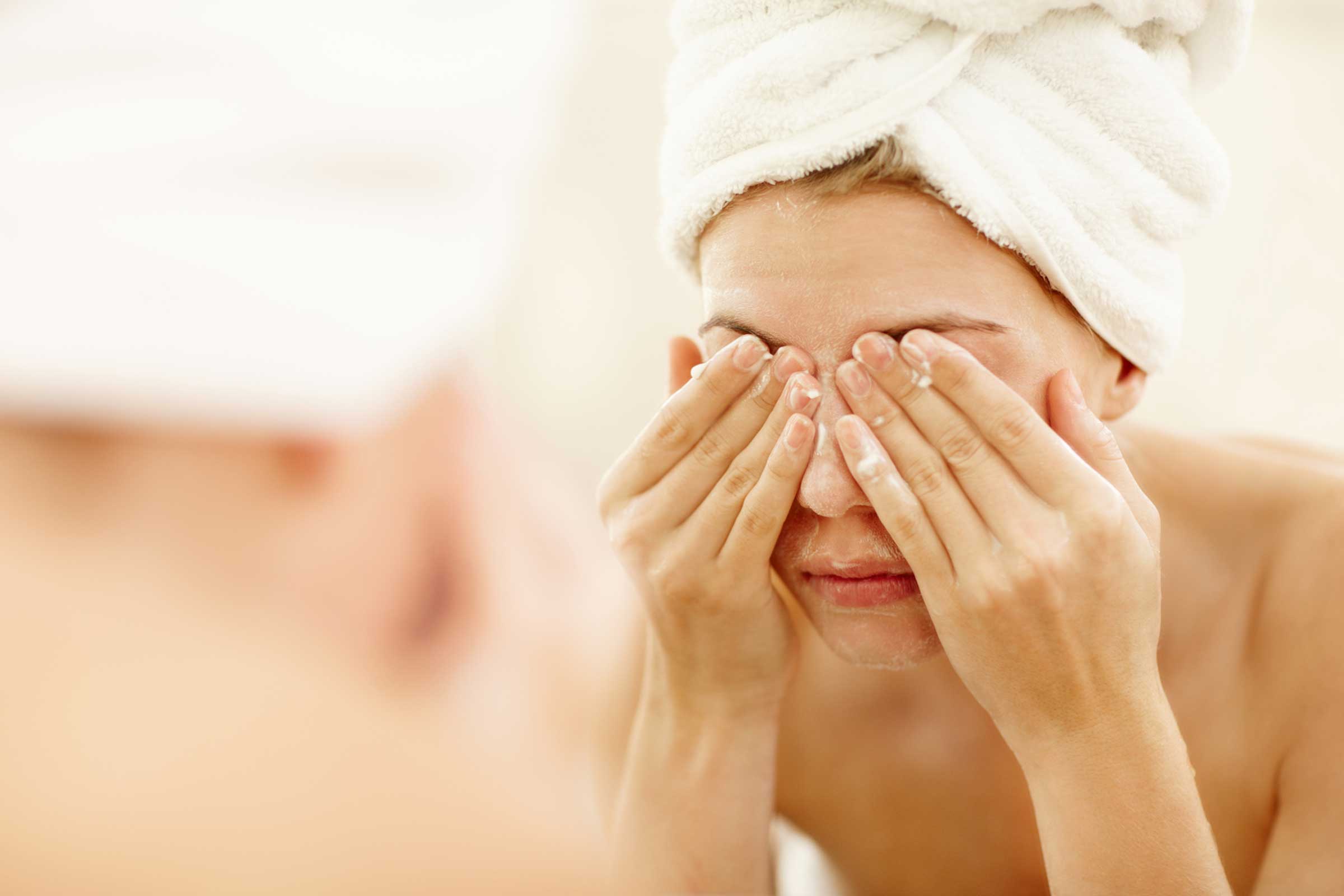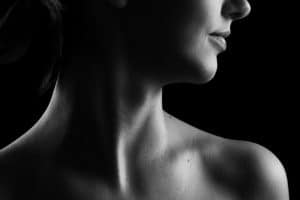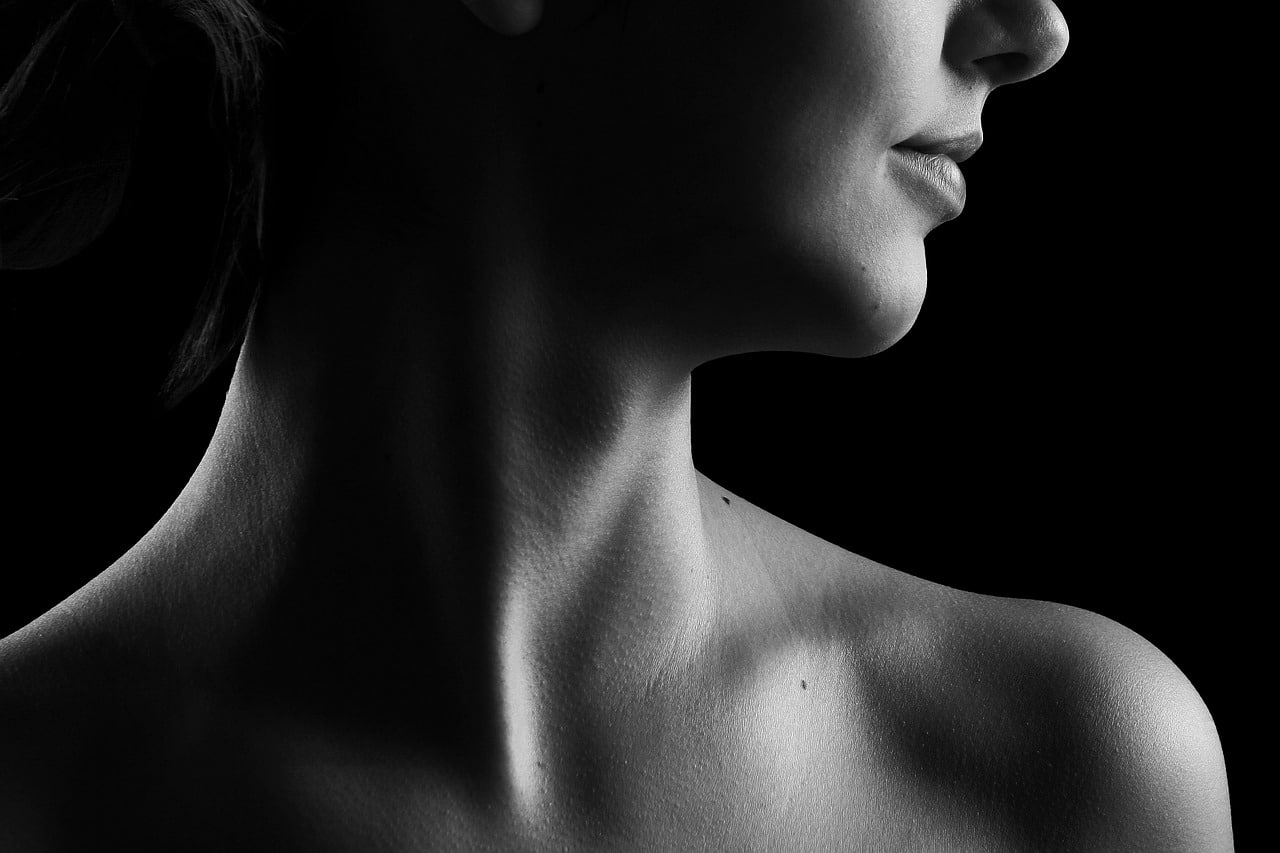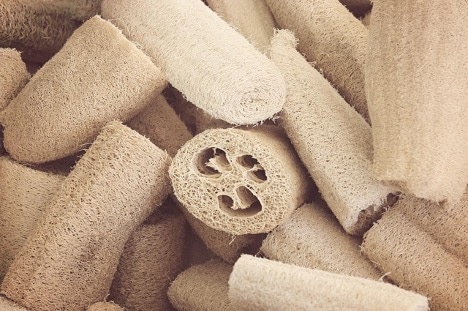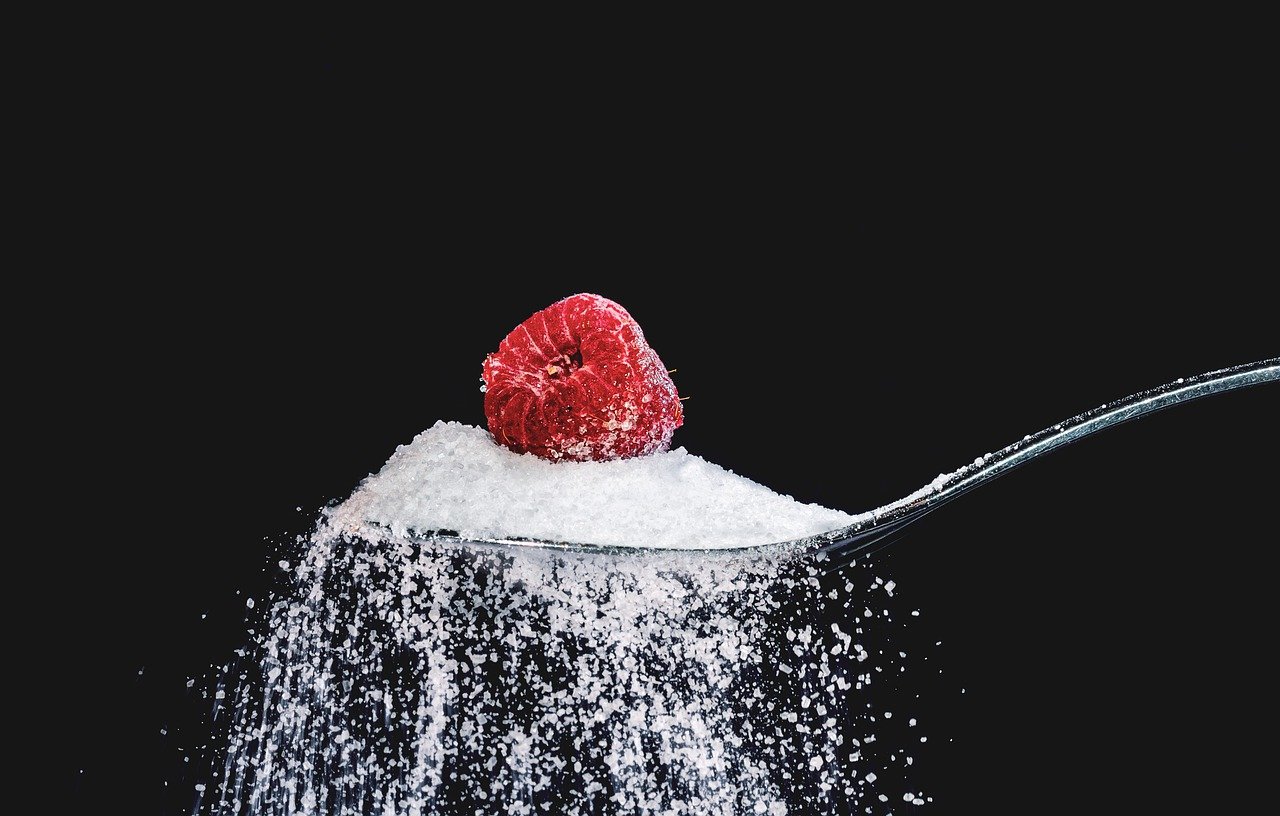Your everyday routine is already packed with tedious tasks that require you to sit at your work desk as you constantly type or make work calls, buying groceries and then maybe picking up your kid from soccer practice. While we are at it, we often tend to overlook other factors significant to our well-being like we skip a meal or ignore our skin’s needs because we are always rushing out of the door. Our lifestyle choices also negatively impact our skin. Smoking, inadequate sleep or an unbalanced diet can wreak havoc and your biggest enemy is stress which can further weaken your skin. We are under so much pressure that we scrunch our faces all the time and get frown lines or suffer from breakouts and premature ageing.
Though we aim at an uncomplicated life where everything flows smoothly, we must not forget to tend to our bodies and minds. Even if it means dedicating 15 to 20 minutes each day to ourselves.
It’s been said that your skin is the best indicator of your health and getting into the habit of taking care of it regularly will show exceptional long-lasting results. A skincare routine has some basic steps and products (even homemade) that you may already own, but not use regularly. Here’s how you can tailor your skincare routine according to your skin type.
FOR NORMAL SKIN
There’s only a few of you out there with well-balanced skin that makes others totally envious. You have great blood circulation, perfectly-sized pores, your skin texture is smooth and soft. The only issue that your skin might face as it ages is dryness. Your regimen consists of simple steps that should be followed in the morning and at night.
The first step is always cleansing. Wash your face to remove excess oil, dirt or sweat that would’ve collected during the day or overnight but stay away from harsh cleansers because they can dry out your skin. Second, use a toner that will finish up the cleaning task that your cleanser might’ve missed. Some toners can help maintain your skin’s pH balance but avoid using the ones with alcohol in them. It is now time to moisturise that’ll help keep your skin hydrated and supple. Choose a moisturiser with SPF that will also protect your skin from the sun.
At night, follow the same routine but apply an antioxidant-rich serum that’ll keep your skin healthier.
An addition to your routine is exfoliation using products with glycolic acid.
FOR OILY SKIN
Your pores are slightly larger and overproduce sebum or natural oil. Your skin is more prone to developing blackheads as well as whiteheads and can also lead to mild or severe acne. Applying makeup is often a hassle but one advantage of such skin type is that it is more immune to premature ageing.
Your regimen would start with washing your face with a water or a gel-based cleanser to clear up the dirt and excess oil. You can also use natural cleansers like rose water or make a mix using two tablespoons of honey with one tablespoon of lemon juice. Apply and massage your face and later rinse with room temperature water. Toning is next. Make sure to use an alcohol-free toner every day. Exfoliate your skin at least twice a week using a gentle scrub to remove the dead skin.
You might think that you don’t require to moisturise your oily skin. But since you apply oil-reducing products, your skin will dry out and push your glands to produce more oil. Use a gel or a water-based moisturiser to keep your skin hydrated. If it’s a sunny day, you can mix some sunscreen to your moisturised of at least 30 SPF.
Before you hit the sack, follow the same routine and help brighten your skin using a water-based serum. On weekends, you can pamper your skin more by using organic, herbal and clay face masks.
FOR DRY SKIN
Your priority is to keep your skin hydrated as it produces less sebum which is responsible for keeping your skin lubricated and supple. Because of its underproduction, your skin gets easily irritated, flaky, itchy and tight. You may also notice fine lines that’ll later develop into wrinkles. These symptoms get aggravated especially during winters.
Your routine would involve adding more oils and moisture to your skin. Clean your face using a mild, non-foaming, cream cleanser. You may avoid using a toner but if you want to then use the one that is alcohol-free so that it doesn’t dehydrate your skin. Regularly apply thick creams or moisturiser containing hyaluronic acid that will help lock in the moisture. You should also massage your skin with oils like coconut, jojoba, olive, lavender, etc. or mix a few drops in your moisturiser. The routine is to be followed at night as well. We recommend investing in an eye cream with peptides that you apply before calling it a day.
Skincare routines follow almost the same steps for all skin types. What varies is the type of product that you pick for your skin type since they all have their own needs. Read the labels carefully and decide what to pick. If unsure, check with your dermatologist and buy or make the DIY skincare recipe accordingly. If it’s a new product that you’re purchasing, always do a patch test to see there’s no allergic reaction. Your skin responds not only to what you apply on it but also what you feed your mouth. A wholesome diet with meats, fruits, veggies and dairies is always essential. Consult your physician or nutritionist to suggest additions to your diet that will also yield results for a healthy, glowing skin.
While sitting on your couch in front of the television, you switch from one channel to another and then pause. Read more
Rebecca Knight
Rebecca writes to share her personal regimen of skin care for tattoos, piercings and other body art.


